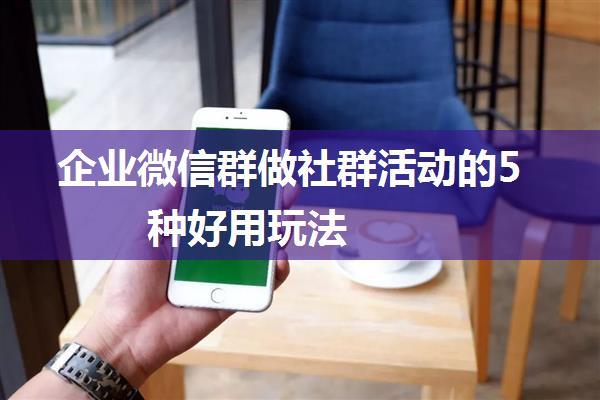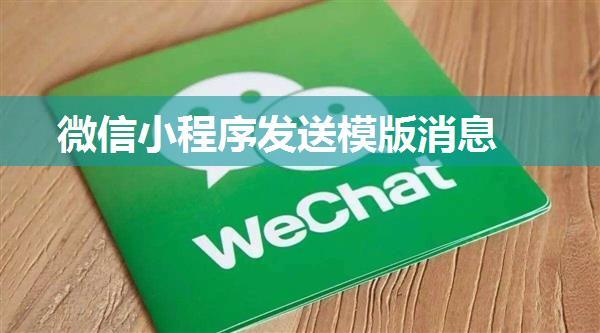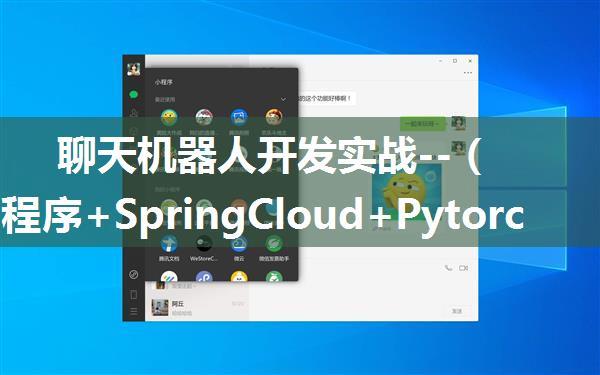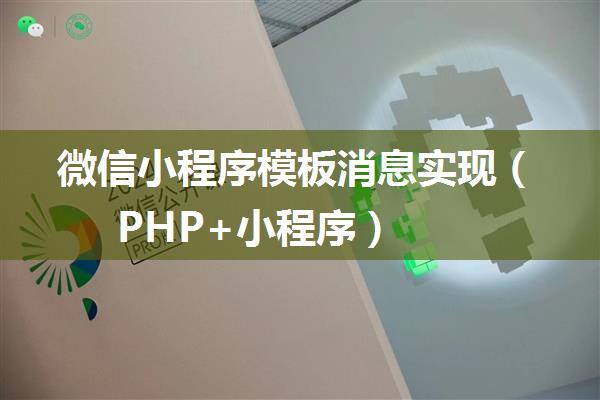微信消息推送与小程序模板消息推送示例代码
在开发微信小程序时,我们经常需要向用户发送一些重要的通知或提示,这时候就需要使用微信消息推送功能。同时,为了让这些信息更有吸引力和互动性,我们可以使用小程序模板消息推送功能。下面我们将详细描述如何实现微信消息推送与小程序模板消息推送。
一、微信消息推送
1.1 概述微信消息推送是微信公众平台提供的一种服务,允许开发者向用户发送一些重要的通知或提示。这种服务主要用于在用户使用微信小程序时,向他们发送一些关键信息。
1.2 接口调用流程要实现微信消息推送,我们需要遵循以下接口调用流程:
1. 获取access_token:首先,我们需要获取一个access_token,这个token是用于认证的。
2. 创建模板消息:然后,我们需要创建一个模板消息,包括标题、内容等信息。
3. 发送模板消息:最后,我们可以使用这个模板消息向用户发送通知。
1.3 示例代码以下是使用sanic框架写微信小程序的一个示例代码:
```pythonimport sanicfrom sanic import responseapp = sanic.Sanic()
获取access_tokendef get_access_token():
url = " headers = {"Content-Type": "application/json"}
response = requests.get(url, headers=headers)
return response.json()["access_token"]
创建模板消息def create_template_message(title, content):
url = " + get_access_token()
data = {
"touser": "OPENID",
"template_id": "TEMPLATE_ID",
"url": "URL",
"data": {
"first": {"value": title},
"keyword1": {"value": content}
}
}
headers = {"Content-Type": "application/json"}
response = requests.post(url, json=data, headers=headers)
return response.json()
发送模板消息@app.route("/send_template_message", methods=["POST"])
async def send_template_message(request):
title = request.json["title"]
content = request.json["content"]
result = create_template_message(title, content)
if result["errcode"] ==0:
return response.text("发送模板消息成功!", status=200)
else:
return response.text("发送模板消息失败!", status=500)
if __name__ == "__main__":
app.run(host="127.0.0.1", port=8000, debug=True)
```
1.4 返回数据类型当我们调用微信小程序的接口时,会返回一些数据。这些数据包括:
* errcode:错误码* errmsg:错误信息* data:返回数据1.5 报错信息大致流程如果我们在调用微信小程序的接口时遇到问题,我们可以通过以下步骤来解决:
1. 检查access_token:首先,我们需要检查是否获取了正确的access_token。
2. 检查模板消息:然后,我们需要检查是否创建了正确的模板消息。
3. 检查发送结果:最后,我们需要检查发送结果是否成功。
二、微信小程序模板消息推送2.1 概述微信小程序模板消息推送是微信公众平台提供的一种服务,允许开发者向用户发送一些重要的通知或提示。这种服务主要用于在用户使用微信小程序时,向他们发送一些关键信息。
2.2 接口调用流程要实现微信小程序模板消息推送,我们需要遵循以下接口调用流程:
1. 获取access_token:首先,我们需要获取一个access_token,这个token是用于认证的。
2. 创建模板消息:然后,我们需要创建一个模板消息,包括标题、内容等信息。
3. 发送模板消息:最后,我们可以使用这个模板消息向用户发送通知。
2.3 示例代码以下是使用sanic框架写微信小程序的一个示例代码:
```pythonimport sanicfrom sanic import responseapp = sanic.Sanic()
获取access_tokendef get_access_token():
url = " headers = {"Content-Type": "application/json"}
response = requests.get(url, headers=headers)
return response.json()["access_token"]
创建模板消息def create_template_message(title, content):
url = " + get_access_token()
data = {
"touser": "OPENID",
"template_id": "TEMPLATE_ID",
"url": "URL",
"data": {
"first": {"value": title},
"keyword1": {"value": content}
}
}
headers = {"Content-Type": "application/json"}
response = requests.post(url, json=data, headers=headers)
return response.json()
发送模板消息@app.route("/send_template_message", methods=["POST"])
async def send_template_message(request):
title = request.json["title"]
content = request.json["content"]
result = create_template_message(title, content)
if result["errcode"] ==0:
return response.text("发送模板消息成功!", status=200)
else:
return response.text("发送模板消息失败!", status=500)
if __name__ == "__main__":
app.run(host="127.0.0.1", port=8000, debug=True)
```
2.4 返回数据类型当我们调用微信小程序的接口时,会返回一些数据。这些数据包括:
* errcode:错误码* errmsg:错误信息* data:返回数据2.5 报错信息大致流程如果我们在调用微信小程序的接口时遇到问题,我们可以通过以下步骤来解决:
1. 检查access_token:首先,我们需要检查是否获取了正确的access_token。
2. 检查模板消息:然后,我们需要检查是否创建了正确的模板消息。
3. 检查发送结果:最后,我们需要检查发送结果是否成功。
以上就是微信消息推送与小程序模板消息推送示例代码的详细描述。




